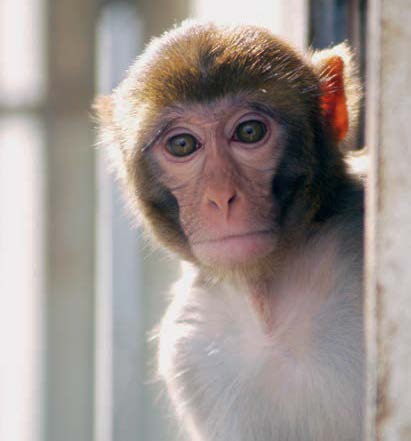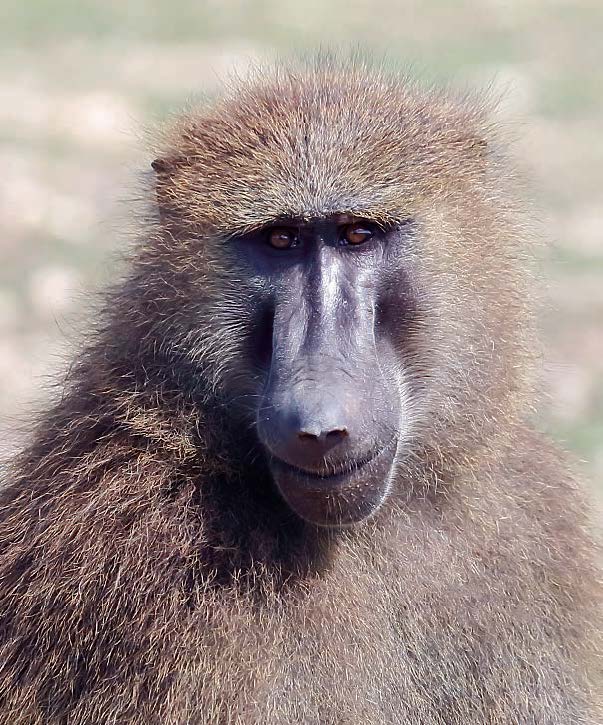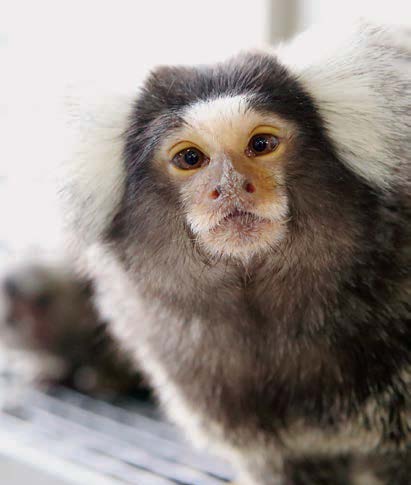National Primate Research Centers Turn 60
The National Primate Research Centers (NPRCs), which are committed to helping people live longer, healthier lives through nonhuman primate research, are celebrating six decades of support from Congress and the National Institutes of Health in 2022.
The Southwest National Primate Research Center (SNPRC) at Texas Biomed is the youngest of the seven NPRCs. SNPRC was officially established in 1999 to help support biomedical research across the nation with its breeding colonies. Texas Biomed was well positioned to join the network, having housed a variety of primate species for scientific research since the 1950s.
Deepak Kaushal, PhD, oversees the SNPRC $20+ million-a-year operation, which encompasses about 2,500 primates and 150 staff dedicated to animal health and welfare. He works closely with the NPRC network, synergizing resources and coordinating research.
“Having overlapping but varied areas of expertise, we are able to cover a larger gamut of human diseases and conditions, while being mindful not to waste precious resources,” Dr. Kaushal says.
SNPRC is unique among NPRCs. It the only one hosted by a nonprofit research institute, not a university. It is the only NPRC with a biocontainment safety level 4 lab on campus. It is also the only center with three different breeding colonies: Indian rhesus and cynomolgus macaques, African baboons and New World marmosets.

SNPRC Director Deepak Kaushal and Associate Director of Research Corinna Ross



SNPRC hosts breeding colonies of macaques, baboons and marmosets. It is the only NPRC with baboons, and one of only two with marmosets.
Macaques are proven models for infectious disease research. Baboons make good models for metabolic studies in areas like diabetes. Marmosets are useful for studying aging and neurodegenerative diseases such as Alzheimer’s and Parkinson’s.
“Our focus has been more diversified in species than other centers,” explains Corinna Ross, PhD, who is SNPRC’s Associate Director of Research and colony administrator. “We have the same goal and mission, though, to serve as a resource for nonhuman primates for translational work.”
While many people dream of a future where Artificial Intelligence and organs-on-a-chip can solve health crises, animal models are the best-available example of how an entire body will react to a vaccine or treatment. As our closest relatives, nonhuman primates also help researchers learn crucial details about the earliest stages of diseases, which can unlock new interventions.
“Some people are under the impression that we should be able to only conduct studies in petri dishes or on the computer,” Dr. Ross says. “We are not at that point yet.”
The primates at SNPRC have made significant contributions to human health.
“People might be surprised to know these monkeys helped test the COVID vaccines that have gone into the arms of millions of people around the world,” Dr. Kaushal says. “They have also been instrumental in breakthroughs in artificial reproduction and lung treatments for premature infants.”
With so many global health challenges — diabetes, drug-resistant bacteria, the next pandemic virus — the NPRCs and nonhuman primates will continue to play a central role in finding vaccines, treatments and cures in the decades to come.